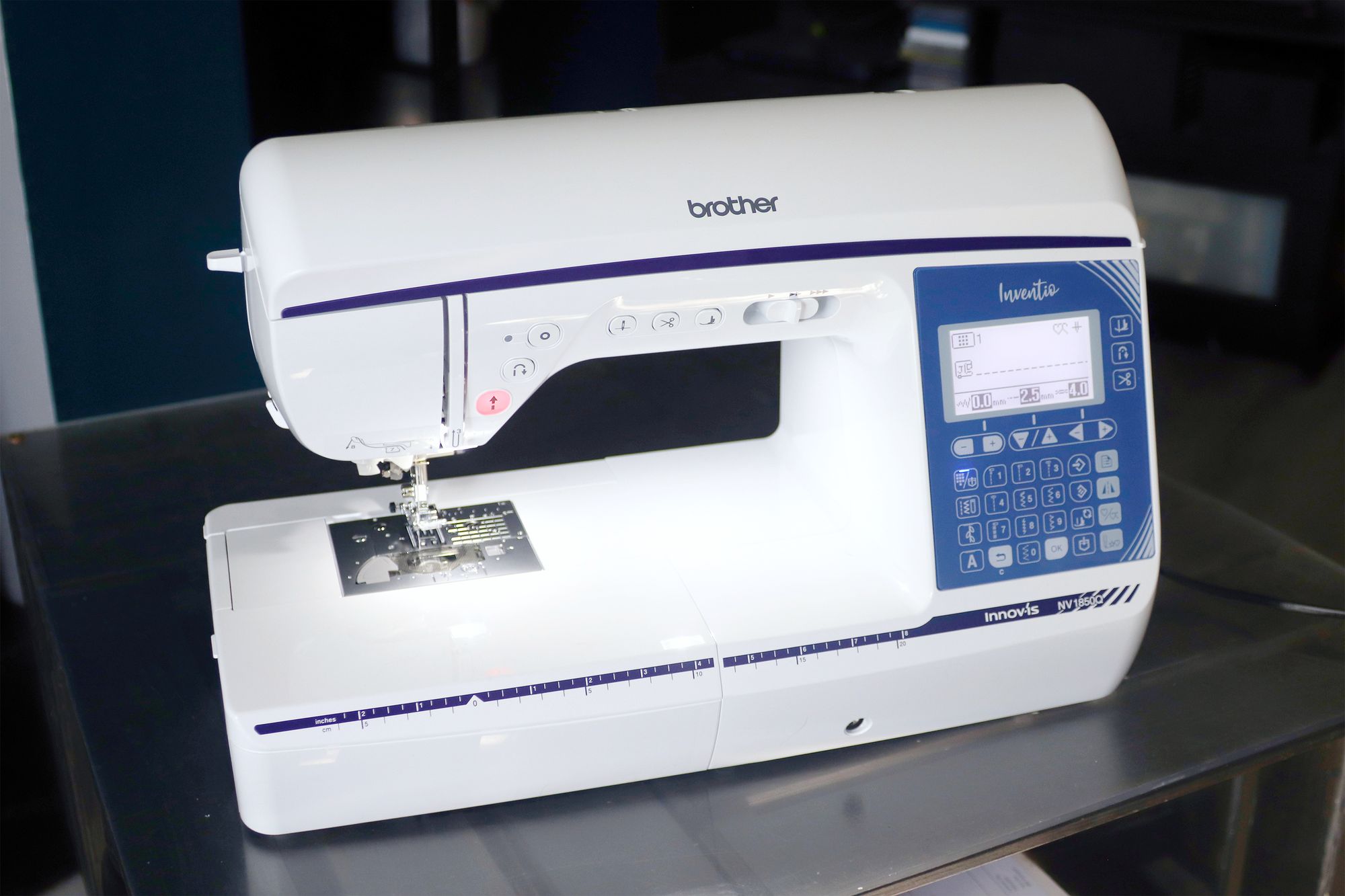If* The Great British Sewing Bee *has left you inspired, and you’ve now caught the stitching bug and are ready to start creating your own projects, the first step is to invest in a brand-new sewing machine.
Picking the perfect model can feel overwhelming. There are hundreds of machines available, each boasting a dizzying array of creative features, functions, and accessories. But that’s where I come in. With nearly 20 years of experience as a sewing writer, editor, and project designer, I’ve tested countless machines. From putting beginner-friendly models through their paces to exploring the advanced features of top-of-the-range machines, I know exactly what to look for and what really makes a difference at the sewing table.
I’d first recommend considering what you want from it and…
If* The Great British Sewing Bee *has left you inspired, and you’ve now caught the stitching bug and are ready to start creating your own projects, the first step is to invest in a brand-new sewing machine.
Picking the perfect model can feel overwhelming. There are hundreds of machines available, each boasting a dizzying array of creative features, functions, and accessories. But that’s where I come in. With nearly 20 years of experience as a sewing writer, editor, and project designer, I’ve tested countless machines. From putting beginner-friendly models through their paces to exploring the advanced features of top-of-the-range machines, I know exactly what to look for and what really makes a difference at the sewing table.
I’d first recommend considering what you want from it and how you’ll be using it. Do you want to create your own handmade wardrobe, or are quilts more your style? Perhaps you want to make cushions and other home accessories – or maybe you want something to help you mend and alter existing outfits.
For absolute beginners, ease of use is vital – so look for intuitive controls, clear instructions, and simple setup, as well as handy extras like a start/stop button, automatic needle threading, or a one-touch thread cutter. Some higher-end models even include LCD screens and built-in video tutorials to help get you started. More advanced sewists will want to look for features, such as decorative stitches, embroidery functions, and quilting options that can take your projects to the next level.
Durability also matters: a sturdy, well-made machine from a trusted brand is more likely to last, and the Sewing Machine Trade Association can help you find reputable independent dealers in your area. I’ve put together this guide to provide an honest and practical view of the machines that are worth your investment.
The best sewing machines for 2025 are:
- Best overall – Brother innov-is NV1850Q: £1,499, Amazon.co.uk
- Best budget-friendly – Singer M2105: £122.50, Amazon.co.uk
- Best for beginners – Brother innov-is A65: £489, Amazon.co.uk
- Best for workshops – Bernina B335: £995, Bernina.com
- **Best for dressmaking **– Juki HZL-DX7: £1,695, Jukiuk.com
How I tested

I put each of these sewing machines through their paces to find the very best (Sophie Tarrant/The Independent)
To test the durability and versatility of these machines, I trialled each one for several hours, using them across a wide variety of different project ideas, fabrics, and thread combos. Where available, I also tested the extra features such as embroidery stitches and quilting tables, though not every model offered these options. I considered performance, ease of use, comfort and control, and overall value. I also trialled machines across a wide range of price points, avoiding the very top end of the market – these are generally aimed at industrial users or highly experienced sewists and aren’t as relevant for the average home sewist. You can read a detailed view of my testing criteria at the end of this guide.